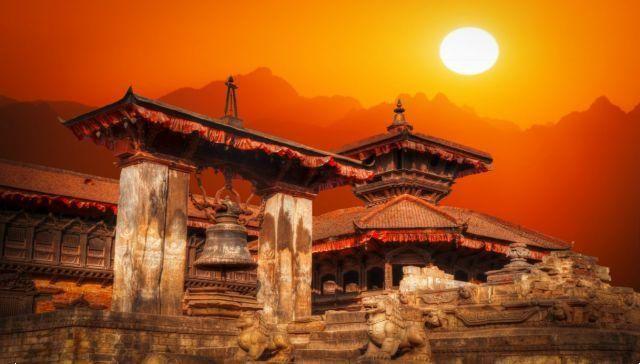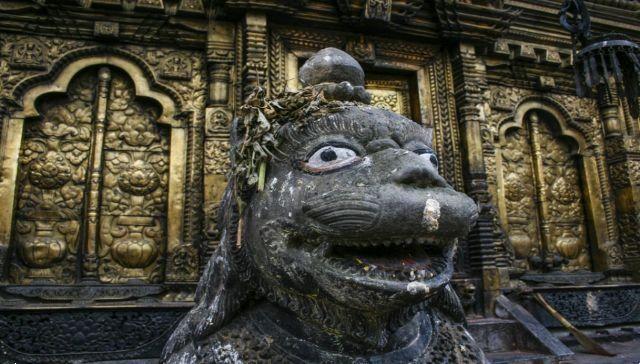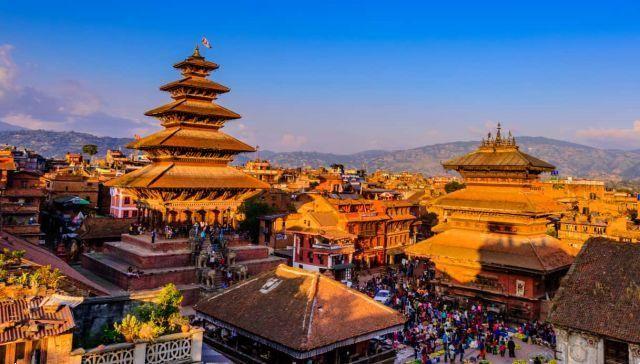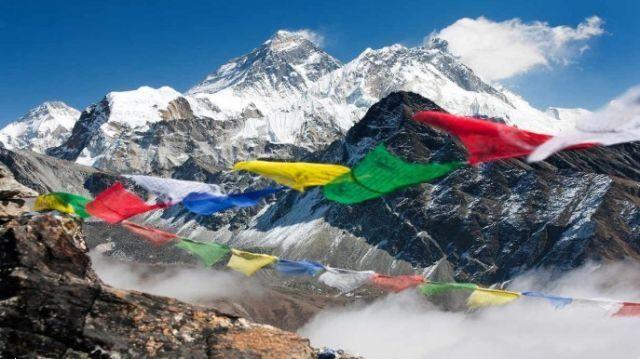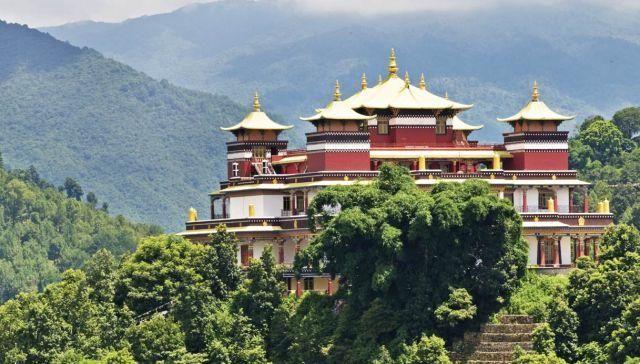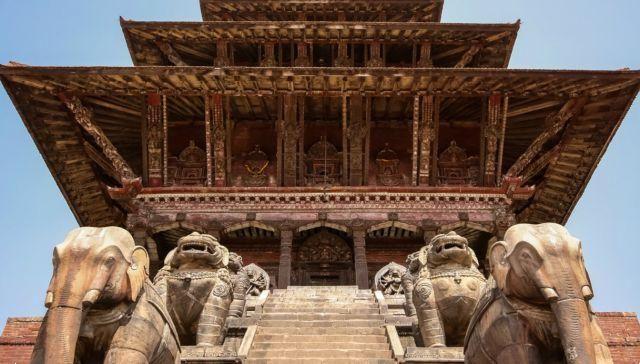 Nepal offers a number of attractions to suit all tastes. In 4 days you will visit the capital Kathmandu and learn about Nepalese traditions and nature.
Nepal offers a number of attractions to suit all tastes. In 4 days you will visit the capital Kathmandu and learn about Nepalese traditions and nature.
Il Nepal it is a predominantly mountainous state, crossed by the Himalaya chain formed by some of the highest peaks on the planet. The morphology of the territory and the climate force tourists to choose mainly certain months of the year to visit it and we advise you to plan your trip for the months of October and November when these lands enjoy the effect of the monsoons which, once , offer a mild climate and flowery landscapes. Below, we propose a 4-day itinerary in the lands of Nepal.
Kathmandu: the capital
On the first day, visit the capital of Nepal, Kathmandu, which can be reached by plane landing at Tribhuvan international airport. The capital is located at approximately 1.350 meters above sea level and is one of the most visited tourist centers in Nepal, as well as being the most inhabited metropolis. Here you will immediately come into contact with the engaging Nepalese climate where time is marked by important Hindu and Buddhist religious festivals. You will notice that in these places the religious atmosphere is particularly "warm", as demonstrated by the numerous temples that it was possible to visit before the disastrous earthquake of 2015. One of the most beautiful is the Hindu temple of Pashupatinah which is located on the banks of the Bagmati river which runs through the entire city. The structure, unfortunately, cannot be visited inside, with the exception of the area of Hindu funeral rites which culminate with the deposition of the ashes in the river, whose flow bathes this sacred place.
To choose a typical Nepalese meal and to look for a nice place to sleep, go to the Thamel neighborhood, one of the most touristy in the capital. Here you will find numerous hotels and restaurants with succulent dishes in which to refresh yourself. Among the local dishes, choose the basic dish, Dal Bhat, consisting of rice and lentil soup. Usually, this dish is accompanied by meat or masu, the famous agnolotti filled with meat, eggs, vegetables or buffalo meat. As for typical drinks, black and spiced tea is very common in Nepal, also served at special stalls along the city streets, or rakshi, the exclusive rice wine.
In the surroundings of the capital
On the outskirts of Kathmandu there is another very characteristic place of Nepal, the temple of swayambhunath or “monkey temple” due to the presence of these animals that come into close contact with visitors. Your second day can begin by reaching this place where there is a famous stupa (Hindu monument containing relics of high symbolic value) of golden color with two large blue eyes that represent the gaze of Buddha.
Just under 10 kilometers away from Swayambhunath is also the prestigious Boudhanat temple which inside contains another stupa, whose peculiarity lies in its height: the top reaches, in fact, 36 meters and this makes it one of the highest of its kind.
After discovering some of the important symbolic places of Nepal you are ready to immerse yourself in its nature. A very famous area (about 6 kilometers from the capital) is that of balls of Chobar which were formed thanks to the work of the Bagmati river whose swirling flow slowly carved out the rock forming a bed several meters deep. Start your third day in Nepal here as it is a place that is definitely worth a visit, especially if you cross the suspension bridge to enjoy the green panorama of this wonderful area and walk immersed in uncontaminated nature.
On the morning of the fourth day, continue your journey for almost 20 kilometers in the direction of Bhaktapur, a pearl of the Kathmandu valley. Before the earthquake this city was splendid, but the local population was able to react with determination, recovering at least part of the beauty of one of the most visited areas of Nepal. Admire the Durbar Square, a square declared a world heritage site by UNESCO and let yourself be enchanted by the festive atmosphere typical of Nepalese villages, especially when the local craft and spice markets liven up the environment. Among the characteristic monuments of Bhaktapur you will find the Palace with 55 windows and the unmissable Nyatapola Pagoda, with its 5 roofs and the staircase surrounded by statues of wild beasts and praying characters.




